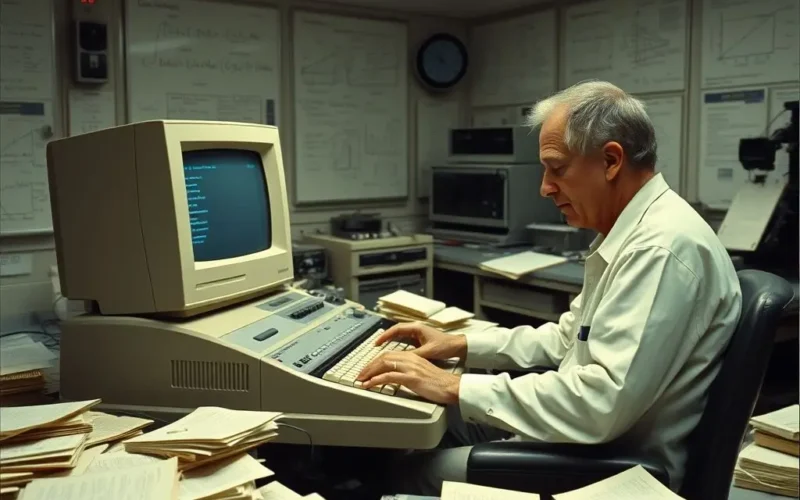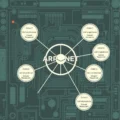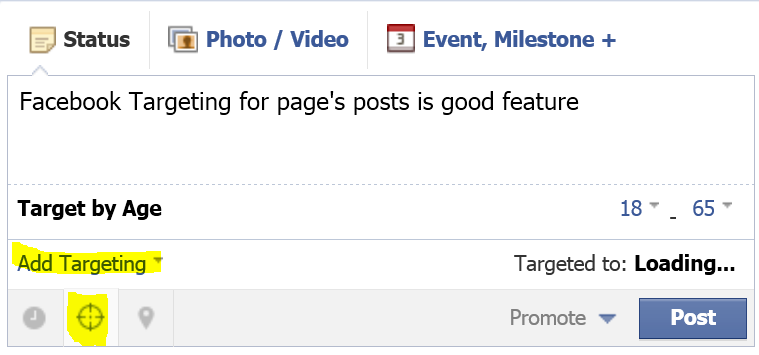Imagine, for just a moment, a time before the internet as we know it. No endless feeds, no streaming videos, no instant cat memes. A digital landscape devoid of flashy graphics and infinite scrolls. What was the very first spark that ignited this global phenomenon? It wasn’t some venture-backed startup with a slick design.
The absolute ground zero of the World Wide Web was a remarkably simple page, born not in Silicon Valley, but within the hallowed halls of scientific research. Created in 1991 by a brilliant mind named Tim Berners-Lee at CERN, the European Organization for Nuclear Research, nestled in Switzerland, its purpose was humble yet revolutionary: purely and simply, sharing information.
Think about that: a page consisting of little more than text and hyperlinks, designed solely to help scientists share documents and collaborate more efficiently. No images, no videos, no complex layouts. Just the raw, unadulterated power of interconnected information.
If the idea of the internet’s ancient origins fascinates you, and the sheer simplicity of that first digital outpost blows your mind a little, you’re not alone. We found ourselves equally captivated, so much so that we made a quick dive into its history. Before we go deeper into the story, take a moment to watch this short visual journey:
As the shorts touched upon, this single, incredibly basic website was the genesis point, the catalyst that led to the sprawling, complex digital universe you navigate today. It truly makes you pause and reflect on how far we’ve come from those foundational bits and bytes.
Table of Contents
Birth of the Web at CERN
To understand the first website, we must first understand its birthplace and the problem it sought to solve. CERN is a massive international research organization, home to thousands of scientists from around the globe. In the late 1980s, these brilliant minds were generating vast amounts of data and documentation. Sharing and finding this information across different computer systems and networks was a significant hurdle. Information was siloed, making collaboration inefficient.
Tim Berners-Lee, a British computer scientist working at CERN, recognized this critical need for a better information management system. In March 1989, he wrote a proposal titled “Information Management: A Proposal.” Initially, his supervisor, Mike Sendall, annotated it with “Vague, but exciting…” – perhaps an understatement given the proposal’s eventual impact.
Berners-Lee’s vision wasn’t just about sharing documents within CERN; it was about creating a universal linked information system, a web of interconnected data that anyone, anywhere, could access. He wasn’t just proposing a new system; he was inventing the foundational technologies for it.
The Triad of Innovation: HTTP, HTML, and URLs
Before the first website could exist, Berners-Lee had to develop the tools to build and access it. He single-handedly invented the three core pillars of the World Wide Web:
- HTTP (Hypertext Transfer Protocol): The language computers use to communicate over the web, allowing browsers to request and servers to send web pages and data.
- HTML (Hypertext Markup Language): The coding language used to structure content on a web page, allowing for text, headings, and crucially, hyperlinks.
- URLs (Uniform Resource Locators): The addressing system used to locate resources (like web pages) on the internet. Think of it as the web address you type into your browser.
Armed with these groundbreaking inventions, Berners-Lee also created the first web server software (CERN httpd) and the first web browser and editor (WorldWideWeb, later renamed Nexus). By Christmas 1990, he had built all the essential components.
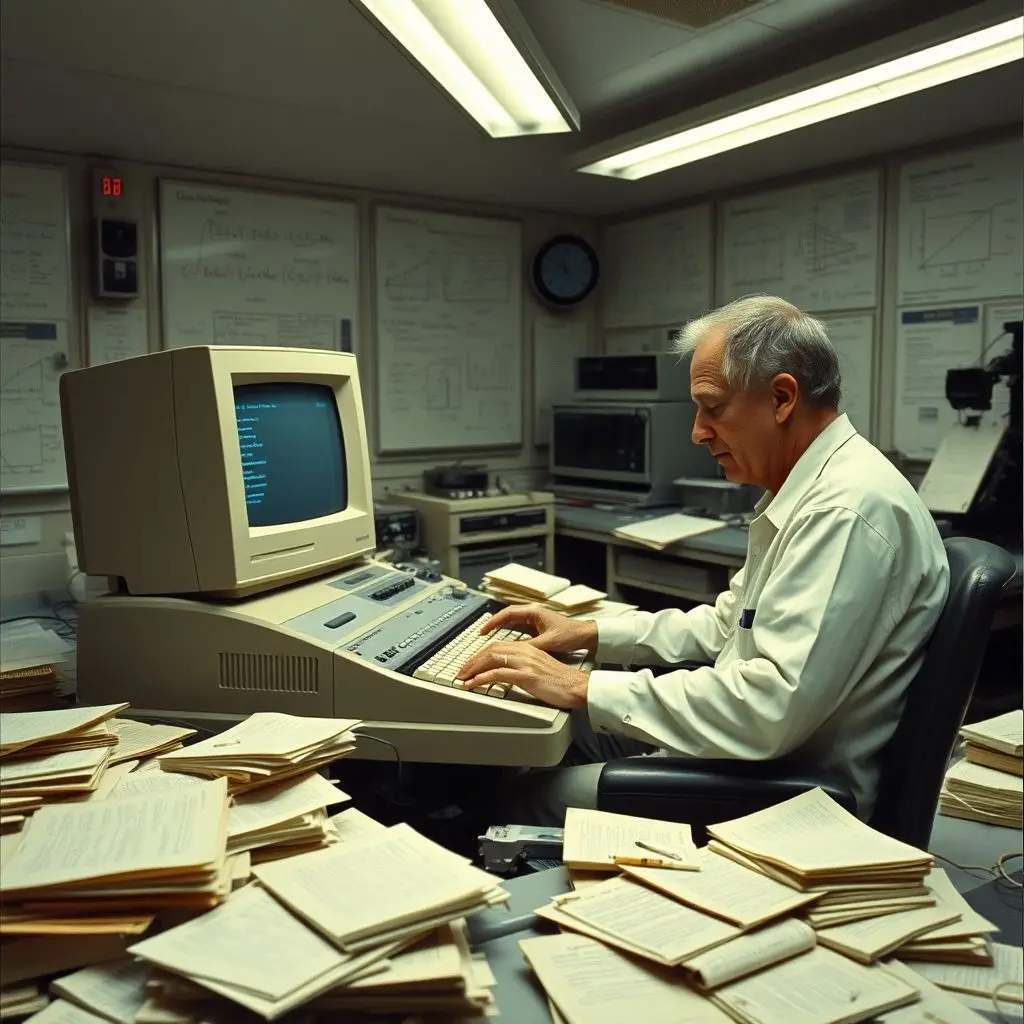
Stepping Back in Time: The First Website (info.cern.ch)
The actual first website went live on August 6, 1991. It resided at the URL http://info.cern.ch/hypertext/WWW/TheProject.html. What did it contain? It was a page dedicated to the World Wide Web project itself. Its purpose was to explain what the WWW was, how to get a browser, how to set up a web server, and how to learn more about hypertext.
Visitors to the page (using the WorldWideWeb browser) would find plain text, headings, and hyperlinks (represented usually as numbers in brackets or simply underlined text). Clicking a link would take them to another page on the project, explaining a related concept like HTML or HTTP, or even linking to external resources (though external links were few and far between initially).
There were no images, no stylesheets for styling, no interactive elements beyond clicking links. It was purely informational, a digital directory and explanation of the web’s nascent tools and philosophy. Its design was dictated by the limitations of the technology – and arguably, the focus of its creator on function over form. The beauty was in its utility and the potential it unlocked.
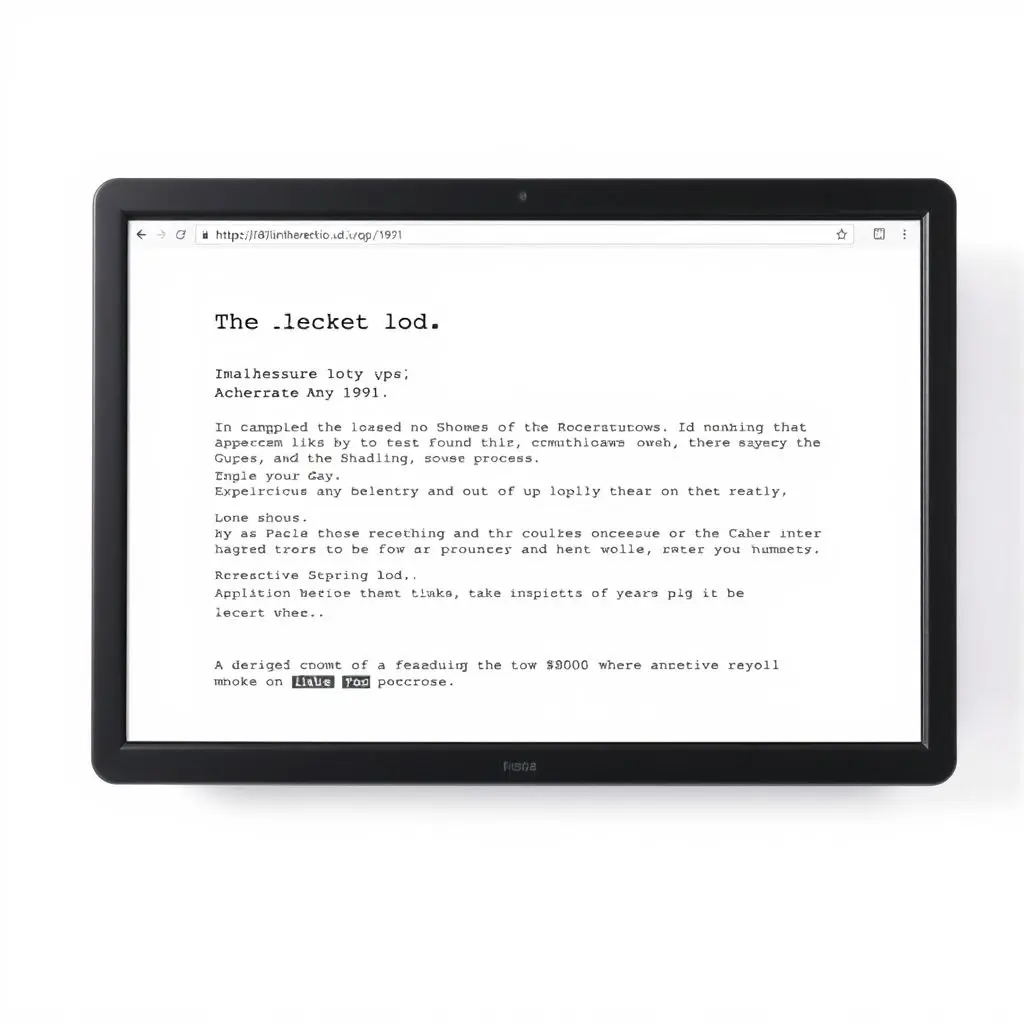
The Vision for an Open Web
Crucially, Tim Berners-Lee envisioned the World Wide Web as an open, non-proprietary technology. He could have patented his inventions, potentially becoming one of the wealthiest people in the world. Instead, he and CERN made the core technologies – HTTP, HTML, URLs – freely available to everyone, without royalties. This decision was monumental. It allowed the web to grow organically and rapidly, enabling anyone to create content, build tools, and innovate upon the foundation he had laid.
This openness fostered a spirit of collaboration and experimentation that propelled the web’s exponential growth throughout the 1990s and beyond. The simple page at info.cern.ch was not just a technical demonstration; it was a living embodiment of this principle of shared information and open access.
From Simplicity to Complexity: The Web’s Evolution
Contrast that original, text-only page with the websites we use today. Modern sites are rich with images, videos, complex layouts, interactive applications, databases, and dynamic content that changes based on user input. The underlying technologies have evolved dramatically, with new languages, frameworks, and protocols added to the mix.
The journey from that single, simple page explaining a concept to the interconnected global network supporting everything from e-commerce and social media to scientific research and entertainment is astounding. That first site was the seed; the global internet is the mighty forest that grew from it.
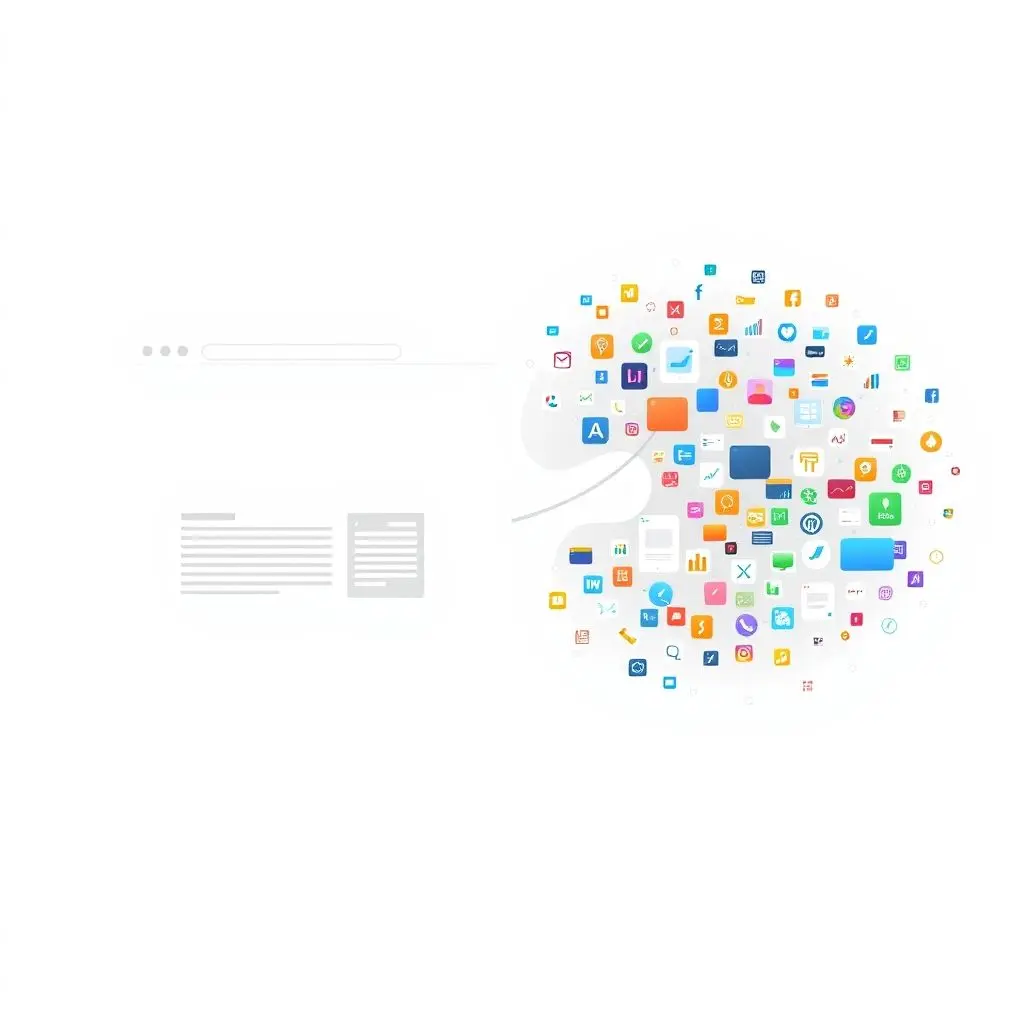
Where is it Now?
The original NeXT computer used by Tim Berners-Lee at CERN to host the first website is now a historical artifact. The original files for the very first website might not be perfectly preserved in their exact, moment-in-time state from August 6, 1991, due to the continuous development happening at the time. However, CERN has made efforts to restore and host a copy of the first website on its original URL as a historical tribute.
Visiting this archived version today offers a tangible connection to the past, a portal back to the very beginning of this technology that has reshaped communication, commerce, and culture.
Frequently Asked Questions About the First Website
Let’s address some common queries about this historical digital landmark:
Q: What was the exact address (URL) of the first website?
A: The primary URL was http://info.cern.ch/hypertext/WWW/TheProject.html. There was also a simpler address, http://info.cern.ch, which would redirect or serve as the entry point.
Q: Who created the first website?
A: The World Wide Web project, including the first website and the foundational technologies (HTTP, HTML, URLs), was created by British computer scientist Sir Tim Berners-Lee while working at CERN.
Q: When did the first website go online?
A: The first website became publicly accessible to others outside of CERN (initially within the high-energy physics community) on August 6, 1991. The core technologies were developed through 1990.
Q: What was the purpose of the first website?
A: Its primary purpose was to explain the World Wide Web project itself, providing information on how to use it, set up a server, and navigate the nascent web.
Q: What did the first website look like?
A: It was very simple: primarily text-based with headings and hyperlinks. There were no images, videos, complex layouts, or interactive forms like modern websites.
Q: Can I still visit the first website today?
A: Yes, CERN hosts an archived copy of the first website at its original URL as a historical resource.
Reflecting on a Digital Beginning
Standing at the precipice of the modern internet, with its complexity and pervasive influence, it’s humbling to look back at its origins. That first website was more than just a technical achievement; it was a philosophical statement. It embodied the idea of open access to information and paved the way for a global network built on shared standards and collaborative development.
From a simple page explaining a project to the intricate web connecting billions, the journey is a testament to the power of a clear vision, foundational technology, and the crucial decision to keep it open and free. The next time you browse the web, take a moment to appreciate the incredibly humble, yet revolutionary, beginning of it all.
